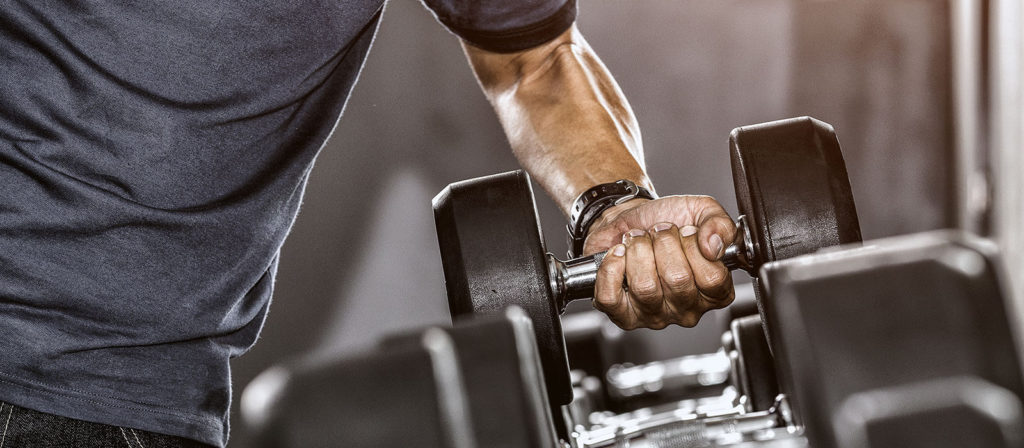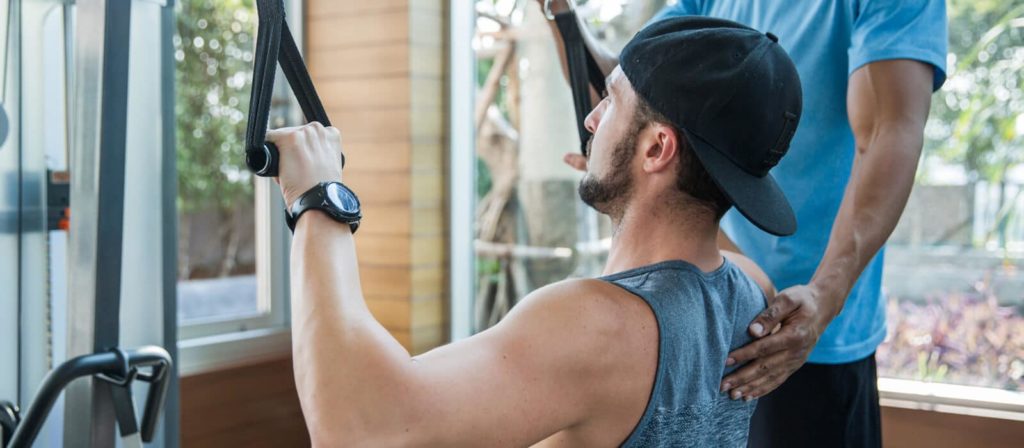Squatting is the king of all exercises. It is the quintessential measure of strength and a microcosm of life. When the weight of the world is pressing you down, will you give in, or will you fight through and find a way to stand back up?
Whether your goal is increasing strength, improving athleticism, carving out a chiseled physique, or naturally driving testosterone levels through the roof, squats are a necessity. Countless studies have linked squats to increased vertical jumps, faster sprint times, increased cross-sectional fibers, and improved testosterone production.
Assuming you have healthy knee function, the best squat variation is the full-depth, ass-to-grass, deep squat. With the increasing popularity of Crossfit and the growing participation in Olympic weightlifting, the deep squat — characterized as the hamstrings fully covering the gastrocnemius — has seen a resurgence in gyms across the country.
As a strength coach, I find the resurgence of the deep squat bittersweet. On the one hand, it is a phenomenal exercise, and I’m excited to see it gaining steam. On the other hand, it is frustrating to see poor squat technique popping up at local gyms and on social media.
What makes it worse is that the three most common causes of technical breakdown are easily corrected by understanding basic biomechanics and can be quickly fixed by implementing a few new exercises into a training program. From my experience, the three biggest technical breakdowns in the squat are rocking onto the toes, excessive forward lean, and rounding the back.
Before you join the trend and include squatting in your workout routine, check your technique. If you find that you’re guilty of any of these three breakdowns, consider mastering these three exercises to get your squat form back on track:
Problem: Rocking onto the toes
Solution: Front-foot-elevated split squat

In recent years, many researchers have tried deconstructing the differences between the “Asian squat” and the “Western squat.” The Asian squat is characterized as the ability to maintain heel contact with the floor while in a full squat position with the hamstrings and glutes resting on the lower leg. The Western squat is characterized by failing to maintain heel contact in the bottom position and initiating a compensatory forward lean at the hips while shifting onto the toes to maintain balance.
The disadvantageous mechanics of the Western squat are primarily attributed to poor ankle mobility. Because most Americans spend too much time sitting, whether at their desks or during their commutes, the ankle “locks” and loses the ability to create proper anterior shin angle.
If you notice that as you approach parallel you begin displaying the symptoms of the Western squat, the quickest way to fix it is with front-foot-elevated split squats. This exercise allows the knee to freely track over the toe, increasing ankle mobility while maintaining an upright torso. Make sure to maintain heel contact throughout the entire movement.
Progressively overloading this movement with light weight will train the vastus medialis oblique to stabilize the knee joint in the bottom position. This will eventually transfer back into your squat with the ability to track the knees over the toe in the bottom position while maintaining heel contact with the floor.
Problem: Excessive forward lean
Solution: Dumbbell cyclist squat

One of the biggest misconceptions of lifting technique is that the knee cannot travel over the toe during the squat because of shearing forces placed on the passive tissue in the knee joint during the exercise. Bottom line, this is false.
In fact, studies have shown that the highest shearing forces in the knee happen at knee flexion joint angles of 0 to 90 degrees, and as the depth of the squat surpasses 90 degrees and the hamstrings make contact with the calves, shearing forces decrease due to the “wrapping effect.” This distribution of force actually diminishes risk of injury to passive tissue. If you’ve never squatted past 90 degrees, you’ll notice that you probably have a forward lean as you approach parallel.
If you notice that your squat is more low-back dominant than leg dominant, meaning you pull yourself out of the bottom with your low back in something resembling a bastardized good morning, you should begin incorporating dumbbell cyclist squats. In this exercise, the goal is to initiate the squat at the knee and bring your glutes into contact with your heels in the bottom position. In order to maintain an erect torso in this position, the legs have to do all the work.
Using lighter weights in this exercise will train your quads to press you out of the bottom instead of using your low back to pull you out of the bottom.
Problem: Rounding the back
Solution: Hinging kettlebell Romanian deadlift

If your hip mobility allows you to freely travel past 90 degrees but you find yourself unable to hold your upper back together during the exercise, you are most likely structurally imbalanced through your erector spinae.
The erector spinae are a bundle of muscles and tendons that run vertically along the spine and that allow you to maintain posture during healthy movement. These muscles are critical for sustaining an erect torso and protecting the spine during high bar deep squats. In a perfect world, the erector spinae should progressively strengthen synergistically, but imbalances are most often seen in an overdeveloped low back and an underdeveloped upper back.
If you find your back coming apart during the squat, correct it with the kettlebell Romanian deadlift. The RDL is one of the best posterior chain movements. To correctly perform the exercise, your upper back and shoulder blades should be pulled together in order to maintain posture while you hinge at the hip.
When done correctly, strengthening this movement will carry over to your squat in the form of a tight upper back.
If your squat technique resembles the downward-facing dog yoga pose more than it does an actual squat, it’s time to consider why that is. Chances are good that your problems fall into one (or more) of these three categories. If you focus on increasing your ankle mobility, strengthening your quads, and tightening your upper back, you’ll be squatting like a pro in no time.
Alan Bishop is the Director of Sports Performance for Men’s Basketball at the University of Houston. Alan has a master’s degree in Sports Conditioning and Performance and holds certifications through the NSCA, CSCCA, and USAW.






